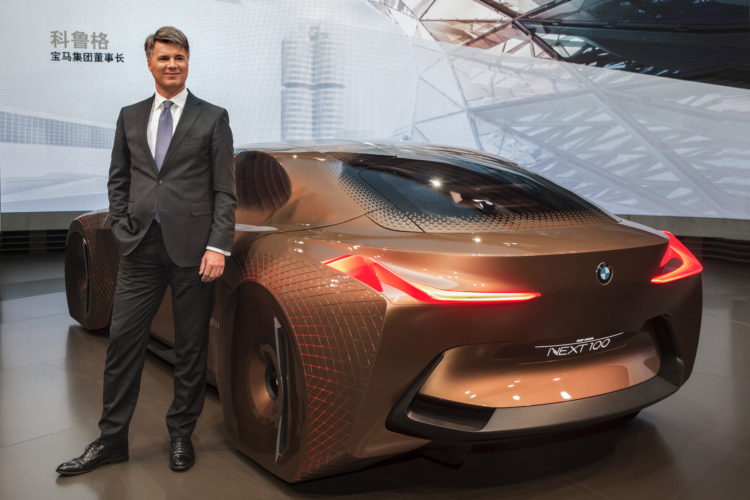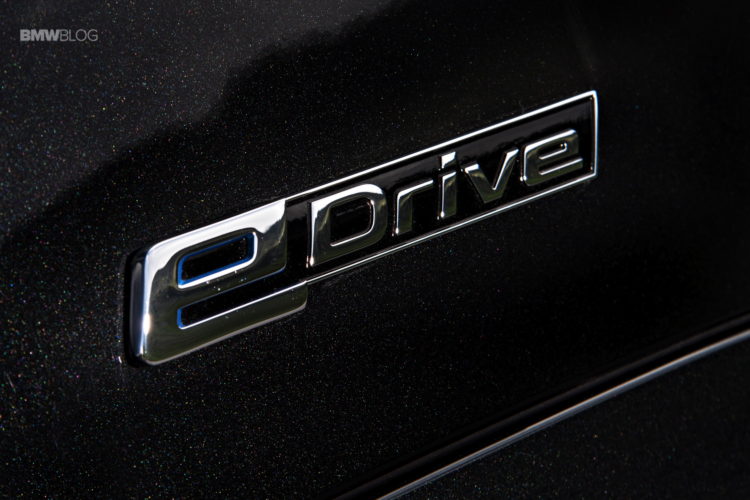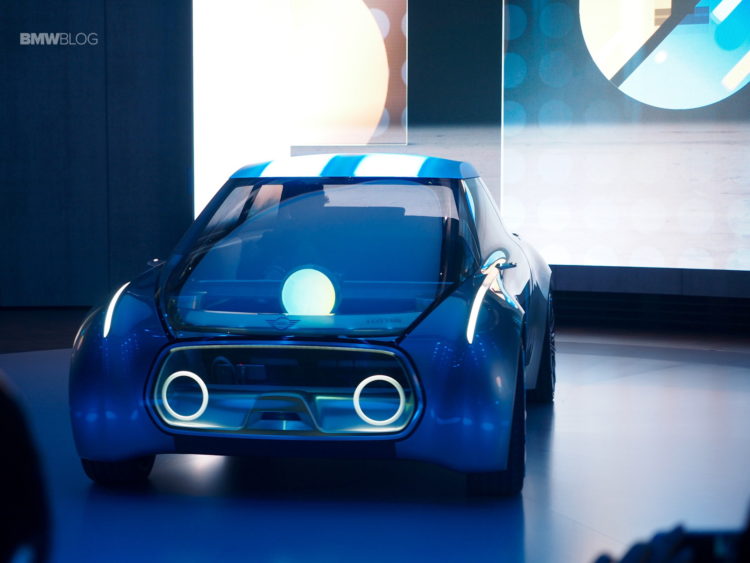Last week, BMW CEO Harald Krüger gave a statement to a crowd at BMW’s new prototype construction facility in Munich. This new facility is where BMW will be developing and testing all electrical drivetrain components for large-scale production. In this statement, Krüger touched on a few different points about our future and BMW’s plans for it.
One of the main themes in Krüger’s statement was youth. The current youth generation is the one that will be leading us into the future and into a new world of connectivity, electrification and autonomy. It’s a generation that, in Germany, is referred to as the “generation raring to go”. This generation, despite longing for more security, wants to push boundaries, shake things up and innovate. BMW sees parallels between itself and this youthful generation of people.

Where they seek a balance between “security and eagerness to try new things”, ours is between “tradition and innovation” said Krüger.
BMW understands that innovation in this new world is important and also understands that to innovate, partnerships must be made, especially in the area of self-driving cars. According to Krüger, most of the technology patents in this field belong to German and Japanese companies, meaning that partnerships need to be made in order for progress to be widespread.
According to Krüger, BMW must answer two questions about the future — “What position do we want to occupy in the digital world?” and “How will this change the fundamental role of mobility?”
Firstly, BMW has already begun its entry into the digital world. It’s already been developing fully electric cars that offer more connectivity than the brand ever has. But that was only phase one. Phase two, something BMW has already begun, is taking that technology and implementing it into every mainstream BMW model. In three years since the BMW i3 and i8 were launched, BMW has just recently hit its 100,000 sales milestone. Krüger has set the rather ambitious goal of 100,000 units sold next year.

BMW is also investing in youth. Back in 2011, the Bavarian brand created BMW i Ventures. This branch of BMW, soon to be based in Silicon Valley, invests in young technological start up companies. One of the areas BMW is also investing in, one that’s becoming increasingly popular with young people, is ride-hailing.
While Uber and Lyft have both dominated the ride-hailing world, BMW plans to shake things up a bit there as well. And while BMW fully admits it won’t be larger than either pre-existing company, in can be cooler.
BMW is planning on having around 40 autonomous ride-hailing vehicles in the city of Munich, and then expand further. Those vehicles will be essentially autonomous BMW taxis to be summoned by your smartphone. Obviously, until the technology improves, there will be trained professional test drivers behind the wheel of the car. But they will just be there in case of emergency. However, BMW does plan on ridding the driver from the equation. “Ride hailing is nothing more than manual autonomous driving,” said Tony Douglas, Head of Strategy for BMW’s Mobility Services. “Once you dispense with the driver you have a license to print money.”

An area where BMW feels it can be better than Uber or Lyft is in the fact that it operates its own fleet of cars. Where as Uber or Lyft drivers are required to have their own car, BMW would use its own fleet of BMWs or MINIs. Owning the fleet means you can make offers that Lyft and others are unable to provide. For example providing car sharing for a specific community only,” said Kr
It’s clear BMW is investing in the future, investing in youth and investing in change. While many may mock BMW for not having the electric vehicle portfolio other brands have, there’s no denying BMW is looking toward the future with a wide scope. It seems as if BMW wants to become a very important brand in the future of technology, automation and mobility and it takes investing in young people and new ideas to do so.





































































